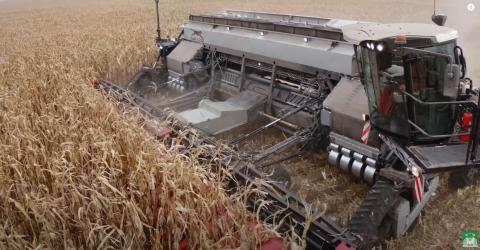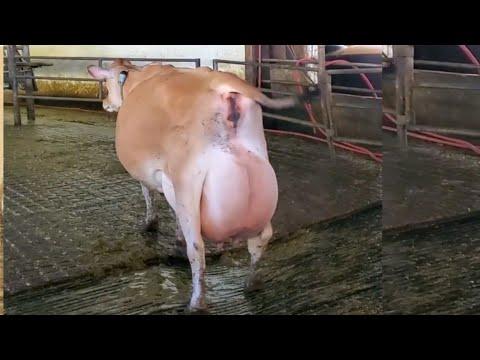Main Nutritional Properties of Corn Silage
Although genetic capacity and environmental conditions have a great role in animal breeding, high yields will not be possible unless the feeding is done well. For this reason, the correct selection of silage corn seed is important for the accuracy of the first link of the yield chain.
Why are nutrients important to Corn Silage?
Producers can improve overall silage quality and economic performance of milk production by paying due attention to nutrients.
High quality silage meets the needs of the animals while maximizing the nutrient intake capacity of the cows. On the other hand, poor quality silage takes up space in the rumen and causes additional costs, requiring external supplementation of the ration to meet the daily needs of the cows.
With the right balance between starch and fiber digestibility, silage quality helps maintain the health of the dairy herd and makes more vital energy available to the cows, increasing productivity and profitability for the farmer.
There are 4 basic nutritional factors in nutrition: Starch, fiber and energy obtained by cell wall digestibility. All of these are needed for the best silage quality. DEKALB breeders choose silage varieties in order to present these factors to producers. Our farmers who grow silage maize prefer DEKALB silage maize seeds, which have high silage yield potential and silage quality values, and are resistant to stress, which will provide them with a great advantage at harvest time.
Energy
Silage maize is grown mainly because of its high energy content. Maize for silage will continue to be the main source of energy, although there is ongoing improvement to increase other nutrients such as amino acids and fat content. Although energy is not a nutritional substance, it refers to the caloric value that can be converted from nutrients to maintain metabolic activities. Egypt provides this energy in 2 basic ways:
Stems and leaves - Mainly fiber component, 40 - 80% digestible energy (dNDF)
Cob - Mainly starch component, about 100% digestible energy
Their ratio depends on the silage corn variety, harvest timing, sowing date and climatic conditions. In terms of nutrients, the fiber ratio of the corn plant decreases over time, while the starch ratio (from the cob) increases.
While other nutrients such as soluble sugars, proteins and fats are present in the silage, they are extremely limited and add little to the overall feed ration.
Starch
The main energy source in maize comes solely from the grains.
The rate in corn silage: 27-35%.
Starch ratio should be adjusted according to this value.
o If too low: Silage can be supplemented to give more energy or corn silage can be used at a higher ratio in the ration, o If >30%: Add fiber to keep cows rumination and prevent acidosis.
While most of the starch is digested by the cows, some loss may occur in some cases depending on the total ratio and how well the grains were broken down at harvest. There are 2 types of starch:
glassy starch
Soft/flour starch
The glassiness of starch is mainly dependent on harvest timing (the starch softens as the plant dries) and plant genetics (more glassy starch is found in forage species). Glassy starch is generally less digestible in the rumen of dairy cows. However, after several weeks in the silo, vitreous starch becomes as digestible as soft starch. In addition, the proper breaking of the grains eliminates the negative effects of glassy starch.
Fiber
Ruminant animals such as cows can obtain energy from the fiber they take as food. Their rumen works like a fermentation vat, and bacteria in the rumen break down the fiber components into more easily digestible sugars in the rest of the digestive tract. Thus, a significant advantage is provided in the digestion of forage plants compared to monogastric animals.
Fiber is the cell wall of the plant cell containing hemicellulose, cellulose and lignin, all of which together form a neutral detergent fiber (NDF) and is mainly found in the plant part (stem and leaves). Cellulose is the most digestible part of the fiber.
3 criteria for determining fiber properties in silage
Neutral Detergent Fiber (NDF): Total fiber. Target value = 38-43% Dry Matter
Acid Detergent Fiber (ADF): Ratio of "slow digesting fibers". Target value = 19-22% Dry Matter
Acid Detergent Lignin (ADL): Lignin content, "not digestible". Target value = 1.5-3% Dry Matter
NDF - ADF = gives the hemicellulose content
Cell wall digestibility
It is important to determine how much NDF is ready to be digested, as only a portion of the fiber is digested in the rumen. Many parameters affect the accurate measurement of digestibility, these are usually in laboratory conditions, in the rumen microbiota.
- Category
- Tractor & Machinery












